The Bavarian Alps, a stunningly beautiful natural division along the Austrian and German borders. But we are not here for the beauty of these mountains.
| Come late September, Dora is up for sale.
If you or anyone you know is looking for a reasonably priced motorhome then please check out the following link; https://www.2wanderers.com/dora-for-sale/ or if you have any questions email us at; Thanks |
We are here to see Hitler’s retreat at the top of Mount Kehlstein, a peak above the town of Obersalzberg. This retreat is most famously known for The Eagle’s Nest.
Hitler came to this place in the 1920’s and fell in love with it. He bought a house, which he then enlarged to the imposing Berghof. He liked this area so much that his secretary Martin Bormann ordered the building of a tea house on the top of this mountain for Hitler’s 50th birthday. The Furhrer used to spend most of his time in Berghof and occasionally going up to the hut to think, relax and meet friends and international leaders. Probably, the most macabre decisions were made in this place.
I have always been interested in the history of the Holocaust, even more so since we visited Auschwitz-Birkenau in 2012. When I came back from this trip, I bought quite a few books, so many that it took me a year to read them all. Gary was getting quite worried about, what he used to call, ‘my obsession about Nazis’.
It wasn’t obsession, or fascination, it was curiosity. Curiosity about how humans could do something like this; I wanted to find out what could go wrong in someone’s mind to carry out those atrocities and being able to sleep at night; I wanted to understand what sort of education or background people had, what kind of life experiences they went through, to develop those ideas, values and beliefs.
And I am not talking about Hitler here. I am talking about the millions of people who contributed to the design and function of such a sophisticated killing machine, The Third Reich; all the Nazi party members who worked for him, who followed his orders without question. Did they ever stop and think for one minute whether what they were doing was wrong?
We watched a few documentaries at home of ex-SS officials interviewed years later. Most of these people related to that period with no remorse or regret. With a chilling neutrality in their voice, they narrated some of their killings. It felt their message was they believed they were doing the right thing.
Now, we could all say, in coldness, that we could never do something like that. But, that is what really scared me when I visited the extermination camp. How do we know? Who would have told those Nazi officials that they would end up killing millions of innocents? People can do regrettable things under pressure, when panicking or under life-threatening conditions. But these guys…it was their job, their way of living. They used to get up in the morning, get ready, go to the camp and kill.
Anyway, enough of wandering thoughts. We are up early enough to catch the first bus which goes to the Eagle’s nest. We drive Dora to the car park next to the bus stop. She cannot come with us. We can only go up by these special buses.
Even at 9.00am, lots of people are already queuing at the bus stop. We get on bus number 3.
We sit in the first row but realise we have chosen the wrong side. The valley is on our right hand site. We must remember to sit on the same place when we come back.
Although hopefully there will be switchbacks and so we will get the good views higher up the mountain. GDR
We can still appreciate the beauty of the valley, but not being able to take good photos.
The drive is amazing. The bus goes through a windy but smooth road, snaking its way up the mountain, the valley far below.
And at each bend the bus takes, the landscape opens up a to another wonderful scene
Each new one more beautiful than the one we leave behind
You can understand why anyone would want to have this vista. GDR
The drive up to the Eagle nest only takes 20 minutes and they leave us at a large flat area with a few shops selling souvenirs and coffees. We are advised to book the bus back now at the ticket office next to the shops. So we do. Germans are so organised.
You have a few options to visit the Eagle Nest;
Coming on your own and have a look around
Join a half an hour morning tour in English which starts from here at 10.50 and 12.20 (€5) or;
Book a four hours tour, which starts from here at 13.15 (€50)
We tried to book the four hour tour a couple of days ago but they were all booked up for the entire week. This place is so popular.
So, we are going to join the half hour tour. But we have come up a bit early, so we have time to explore the area on our own. We have now realised we may have booked our return a little early at 11.25. What if the tour gets delayed? The return buses depart every half an hour so we swap and book the next one at 11.40.
We come to the starting point of the tour and an English guide is already waiting. We introduce ourselves; he is from Windsor and has lived in Austria for about a year, he loves it here. Not surprising really! It is beautiful. Gradually, a few people join the tour; a couple from America and three families, not sure where from.
We start with a bit of history of the place. Actually, Hitler didn’t used to spend that much time at the The Eagle’s nest. He preferred to stay down in the valley at his big mansion, Berghof. This large house no longer exists, it was destroyed on the morning of April 25, 1945 by the Royal Air Force bombers. Interestingly, the Eagle’s nest remained intact. No one knows exactly why. It could have been because the allies missed it on purpose, thinking it could have some military value or because they simply didn’t see it, it could have been a misty day.
Apparently Hitler may have only visited this place less than 20 times! GDR
It is now time to go up to see The Eagle’s nest. How do we get there? First we take this 200m long tunnel, built as part of the complex. It is freezing and humid here, but at the time it had a complex heating system, so that the Fuhrer did not to get cold.
Then we take a lift, which is also part of the complex. The lift can take up to 20 people. The queue is quite long. We have to wait for two lifts so that all of us can get in.
Like the tunnel, the lift remains intact. Perfectly square, golden (polished brass) rectangular panels with mirrors inserted in the middle cover the four walls. It takes 20 seconds to go up 200 metres.
And here it is, The Eagle’s nest, such a disappointment.
It looks like a basic mountaineering refuge.
The entire complex took 13 months to build, 3,000 workers were employed and it cost €120m in todays’ money. With such astronomical amounts, you would expect it to be a bit more flamboyant than this.
The place is now rented out privately and it has been converted into a cafe-restaurant. We may visit it inside a bit later. The views however are worth the effort.
The Nazis rejected all forms of modernism, all their architecture was backward looking reflecting a fictitious view of how people should live. No architectural progress here. GDR
Anywhere you look, this place is so magnificent.
It is so calm and peaceful. I guess calmness and peace is what you need to make such ghastly decisions.
It is all so sinister but it is all so beautiful.
But an image is worth 1000 words, (or in this case a video) so we leave you with this video to better appreciate this place.
A few walking paths go off down to the valley. We take one of them for a while, without going too crazy, I didn’t bring the right shoes today with me.
This side of the mountain is incredibly beautiful. Apparently, this path was part of Hitler’s afternoon walks.
Before Hitler took power, he was friendly and popular among the locals. Everything changed when the NSDAP won the elections. They gradually bought or confiscated lands from those who resisted. Eventually, the area got sealed off by the Third Reich.
Nice place to scramble.
So dramatic. The allies could have been disappointed when they realised this place had no military value; it is too rocky, too difficult to take munitions up to here and dig up tunnels to hide them.
It is simply a place for holidays. Hitler probably saw himself too vulnerable here. Maybe that is why he didn’t use it that much.
Eva Braun, Hitler’s lover, spent here most of her time. Except for a few close Hitler’s comrades, nobody else knew of her existence. Hitler was meant to be seen as married to the Third Reich and no one else. A woman by his side would have been seen as a distraction. Something I didn’t know; they eventually got married a few hours before they committed suicide in a bunker in Berlin before the city was occupied by the allies.
We continue to enjoy this paradise whilst listening to the guide.
Last photo before we go inside the house.
The functionality, dullness, uniformity of the hut reminds me more of a Soviet building rather than a Nazi building. The latter tend to be more opulent, sumptuous, extravagant, displaying power and supremacy.
Our guide shows us a few pictures of leaders who came to visit this place.
Mussolini was one of them. The photo was taken at the base of this staircase.
It is difficult to imagine what the house was like at the time,
especially when it has been converted into a sort of school canteen.
The tour has taken longer than expected. We are going to miss the bus back. We run, but the amount of people around slows us down, plus, we have to wait for two lifts to get down.
When we get to the bus stop, the bus is just leaving. We could have got on it if the Germans weren’t so pedantically punctual. The bus has left at 11.40 on the clock. For the third time, we are gonna have to swap our return time. The guide has now come down and sees us disappointingly waiting at the queue, he offers to change the time for us. He feels a bit guilty for having overrun the tour.
This time we sit on the right side and take more photos of this fantastic drive.
After the tunnel.
we have to wait for buses coming up. We are not impressed by the organization here. Three buses are scheduled every half an hour. The base of the Eagle’s nest is not that large. When the buses arrive up there they have to pull over so that the returning buses can make their way down. German planning and organization have let us down in this occasion ![]()
13.00 and back at Obersalzberg. Here we are going to visit the Documentation museum and the Bunker.
The entrance cost €3 plus €2 for an audio guide.
The museum holds a compelling exhibition. All aspects of the Nazi terror are dealt with here; the Nazi’s politics and propaganda, the Fuhrer cult; the racial policies; the terror apparatus, and of course, the WWII and how Obersalzberg was conquered by the British and Americans.
We have spent three hours in the museum, that is what happens when you get an audio guide. It is 15.30 and we still have to see the bunker.
A bunker that was never finished.
It is quite large, even unfinished, it could well accommodate hundreds of people.
It was meant to be an independent functioning complex inside the mountain, the headquarters for the Fuhrer. It was here that the Reich was to be governed in the event of the buildings at the surface being destroyed or being seized by enemy hands.
The bunker was intended to be a replica of the buildings above ground such as offices, living, working spaces, kitchen, food storages, heating and telecommunication systems.
The building is rather disturbing, obscure and bleak. They would have had to make an enormous effort to give this place a decent degree of comfort.
As I mentioned early, the complex was never finished. The plan was to build metres of tunnels underneath the town and a lift connecting to the Eagle next to allow Hitler to leave Obersalzberg safely but the town was seized by the Americans before that. Nobody was here when the Americans arrived.
We finally finish our tour at 16.00. It is going to be a late lunch but we don’t mind, we have enjoyed our visit.
I admire Germans for having put together such an exhibition. The way they have displayed the information has been handled well; neutral, not too emotional. This part of history is very sensitive, it must be quite hard to get the tone right. That is something that Spain has not been able to do. The country lived under Franco’s dictatorship for 40 years. It is a recent and an important part of our history and yet, there isn’t any exhibition of this kind to inform thoroughly the new generations about the regime. This suggests to me that Spain has not yet been able to deal with its past.
So we stop at Lidl to get some bread, have a super quick lunch and head off to Italian Dolomites.
But before that, we have to go through Austria.
and its Alpine landscapes
We are getting higher and higher, and therefore, the air is getting colder and fresher.
I open the window to give my lungs the joy of breathing alpine fresh air. They are going to miss these treats when I get back to work in an office.
It is 18.30, the time we always stop driving. Luckily, we have found a nice layby with a fountain to replenish Dora’s water tank. There are also wooden tables outside to take a picnic. Maybe, we have our breakfast here tomorrow. Gary suggest excited.
Maybe not. I think to myself. I bet it will cold at 8.00am at 2,000 metres
SM
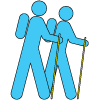
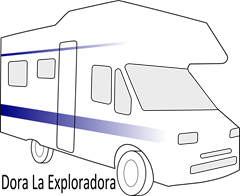
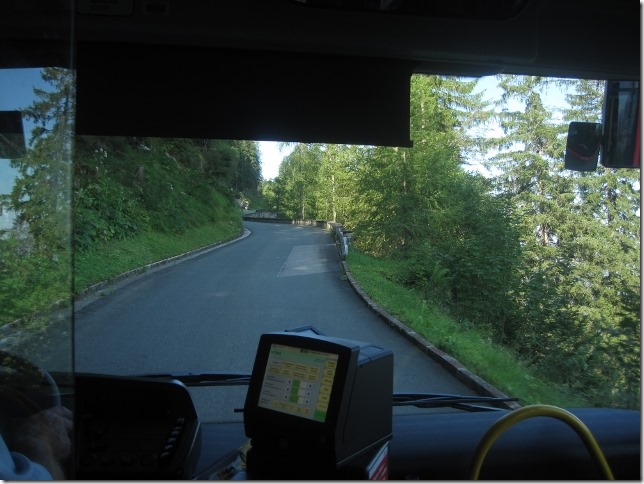
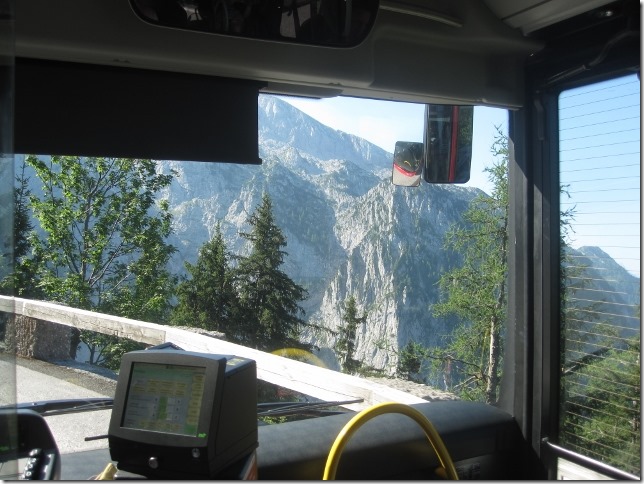
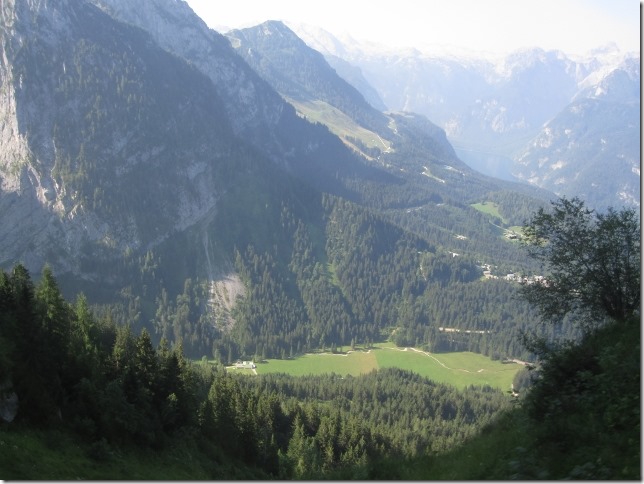
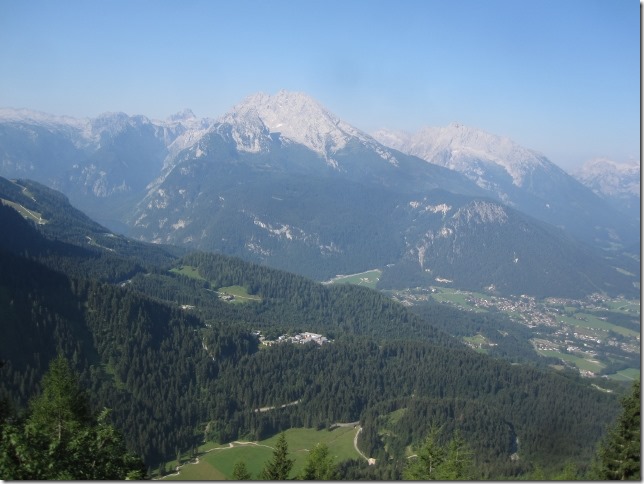
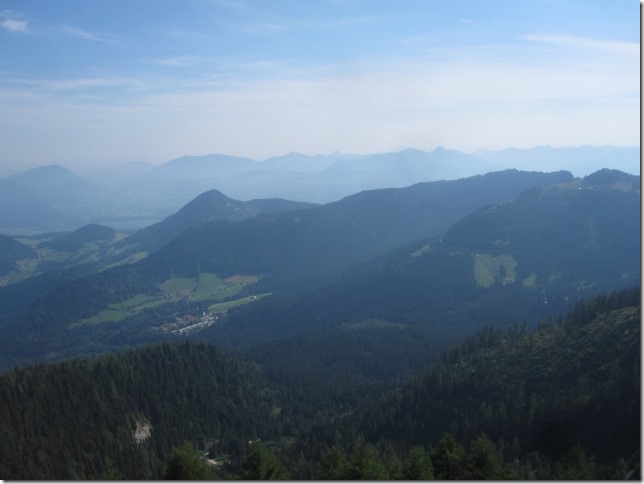
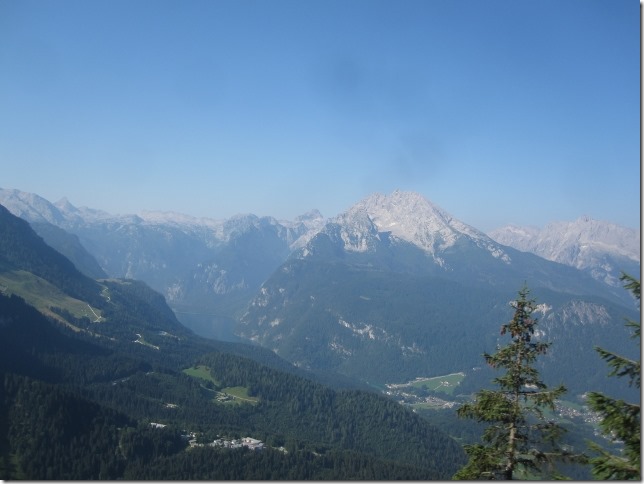
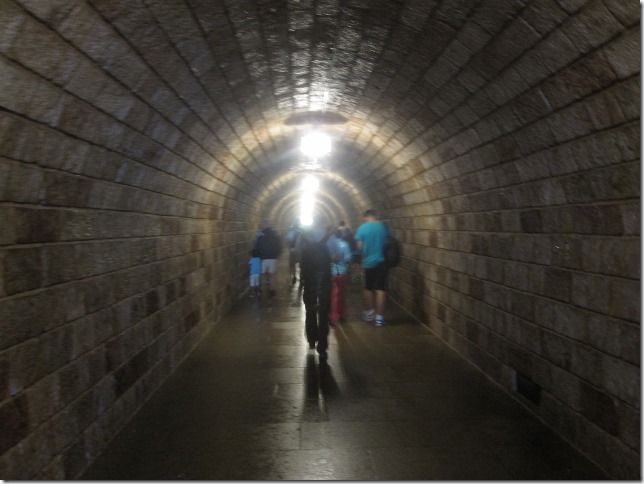
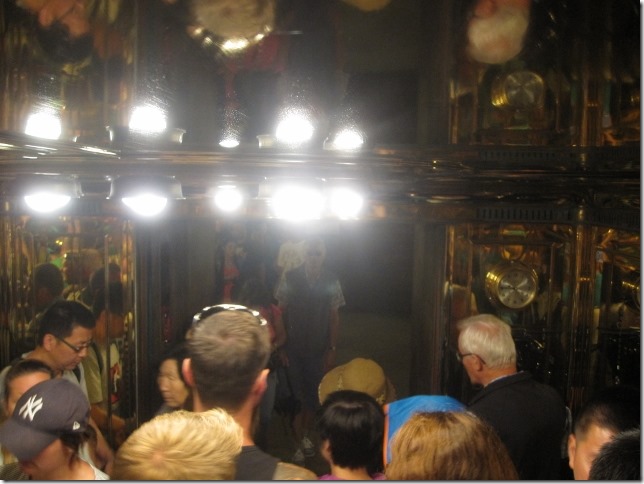
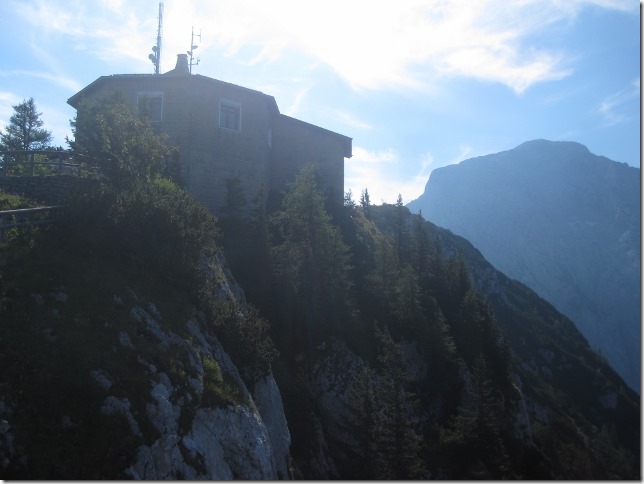
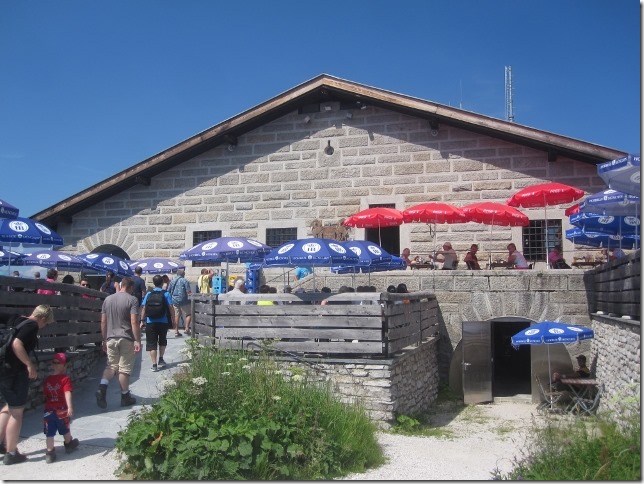
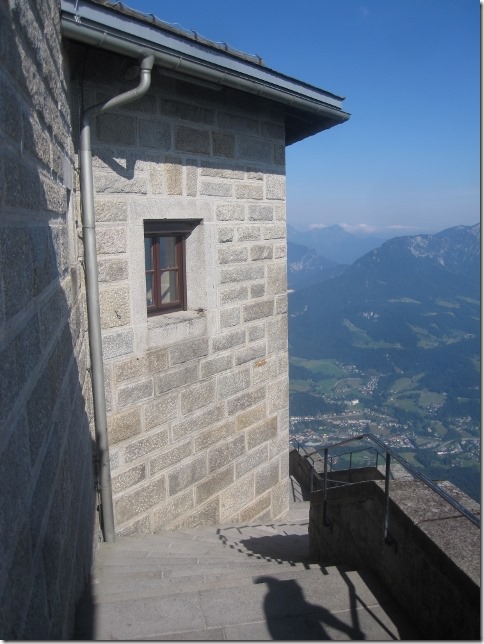
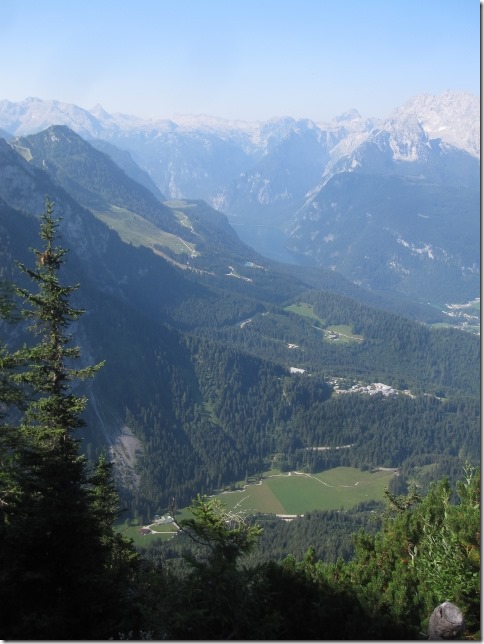
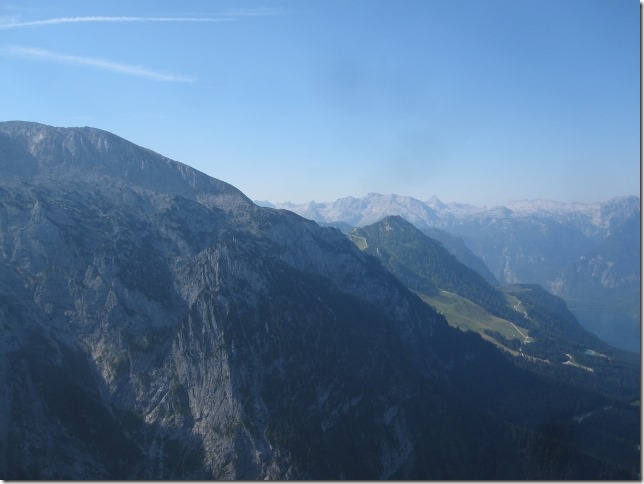
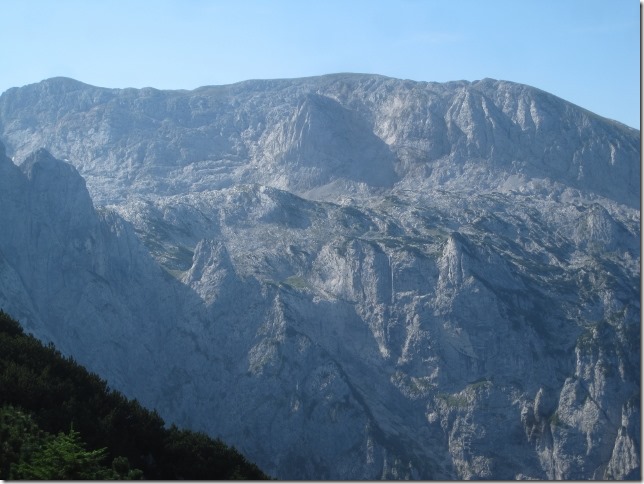
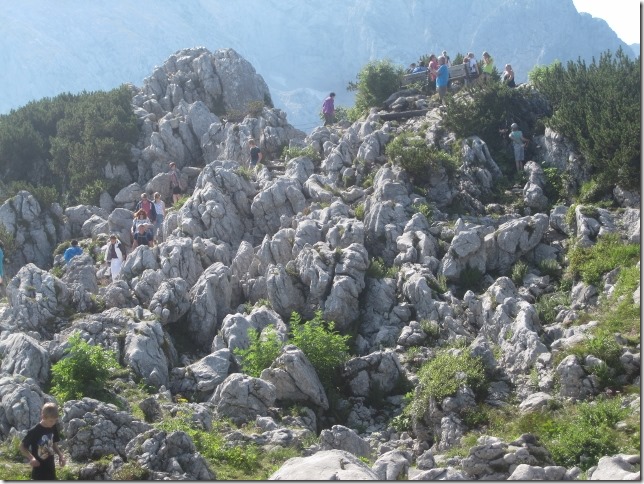
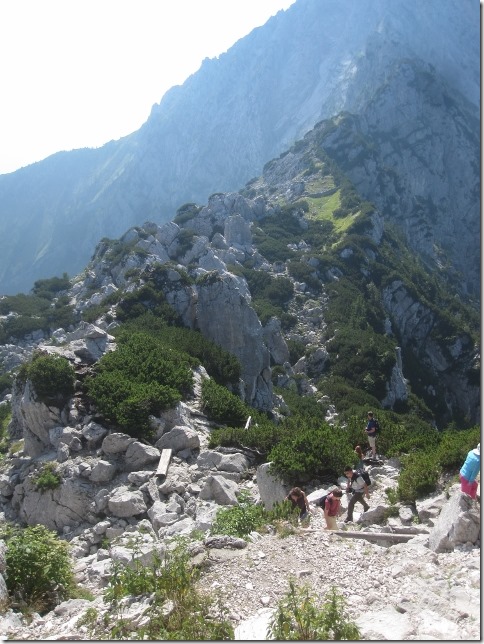
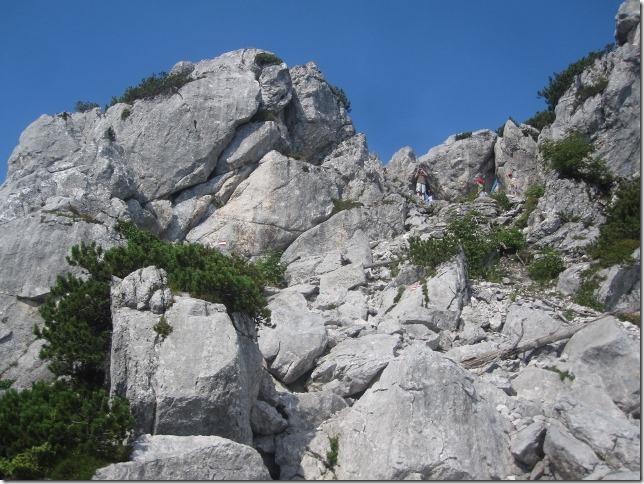
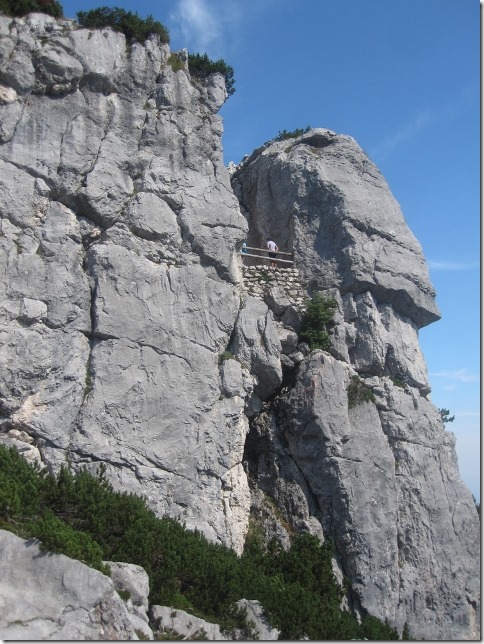
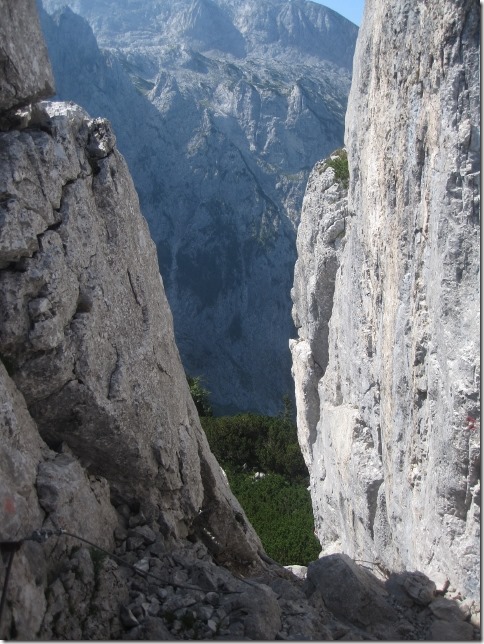
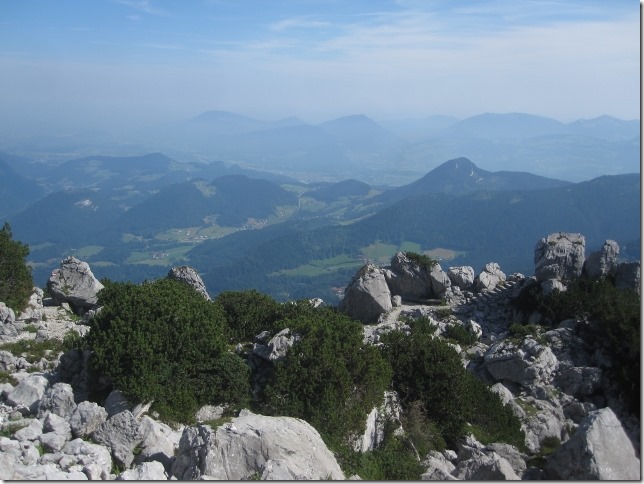
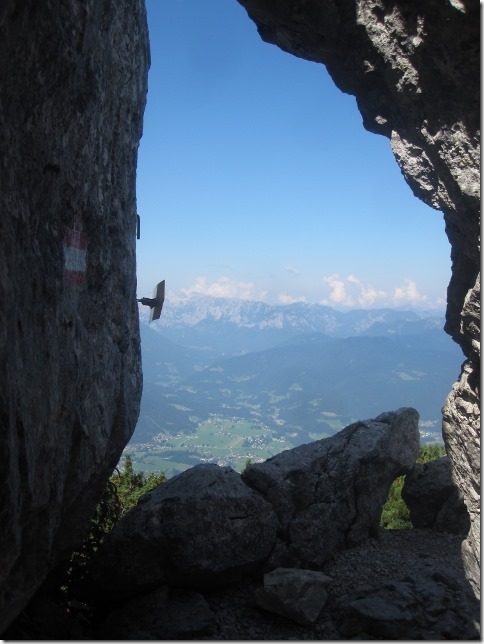
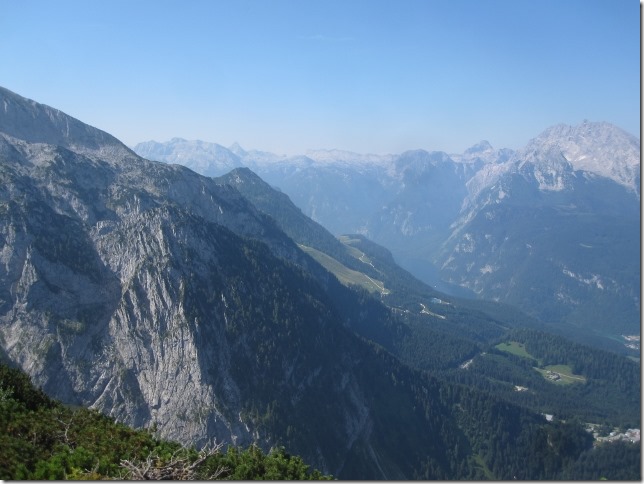
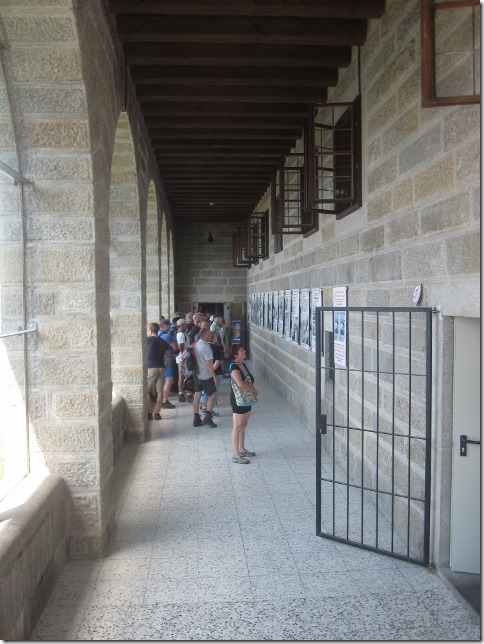
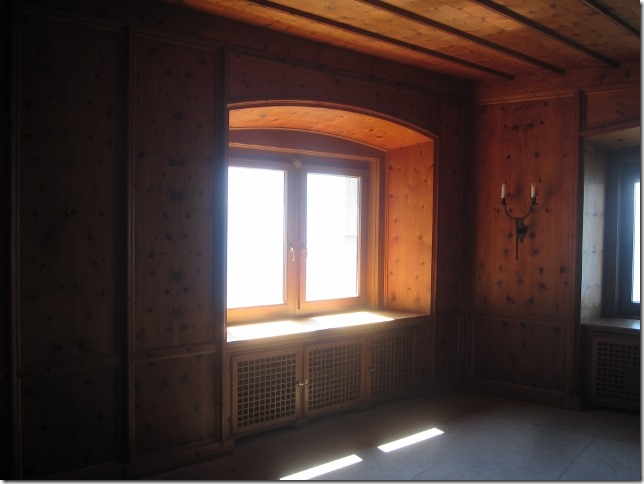
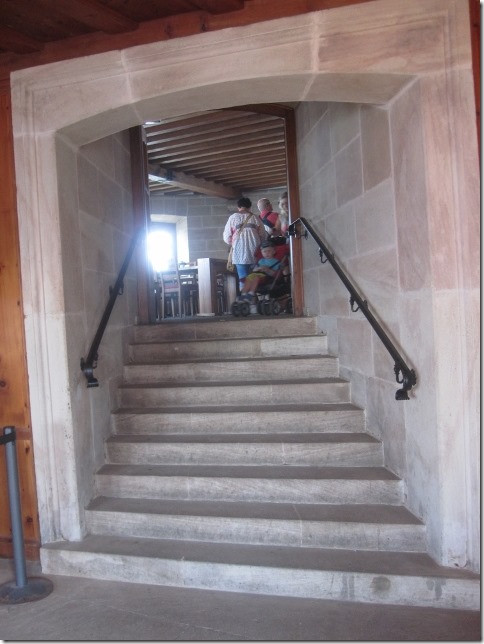
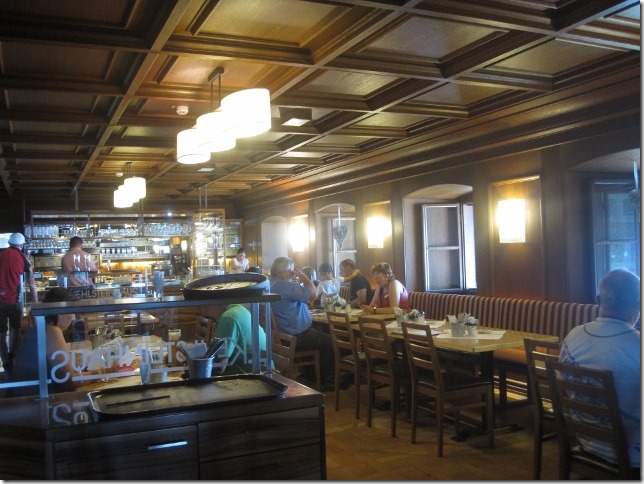
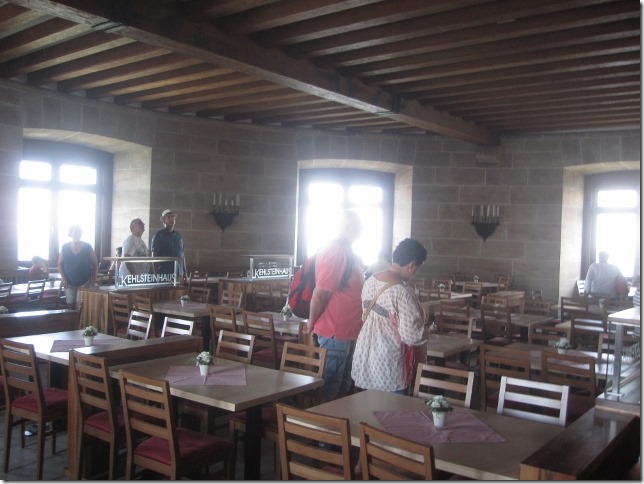
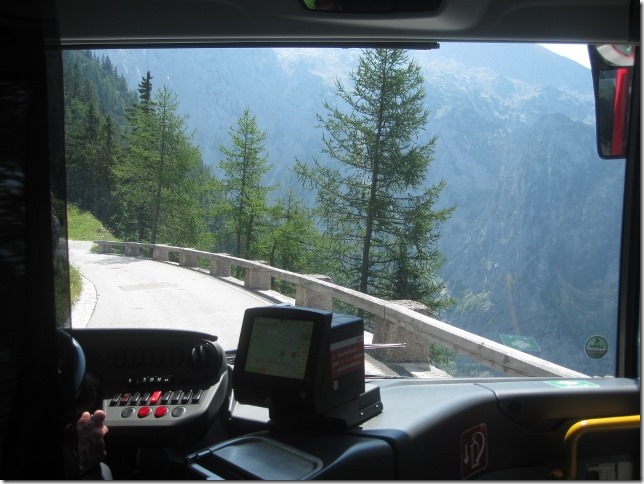
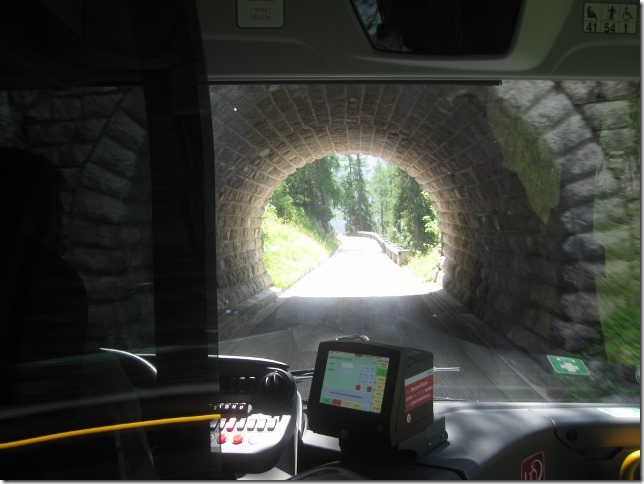
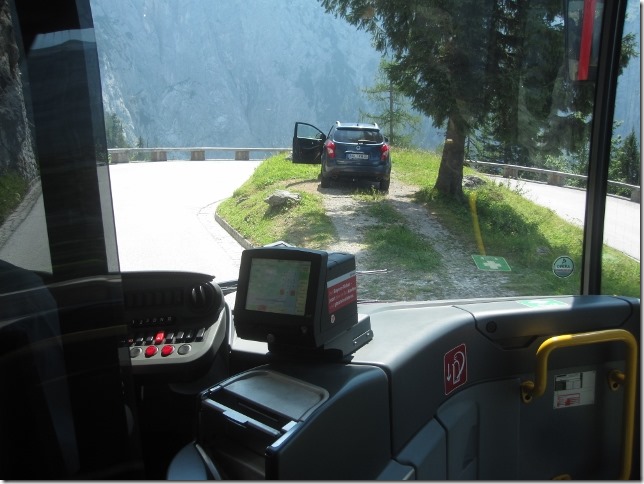
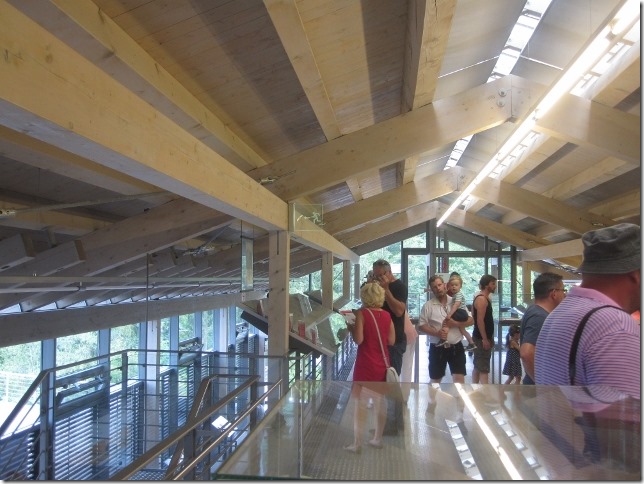
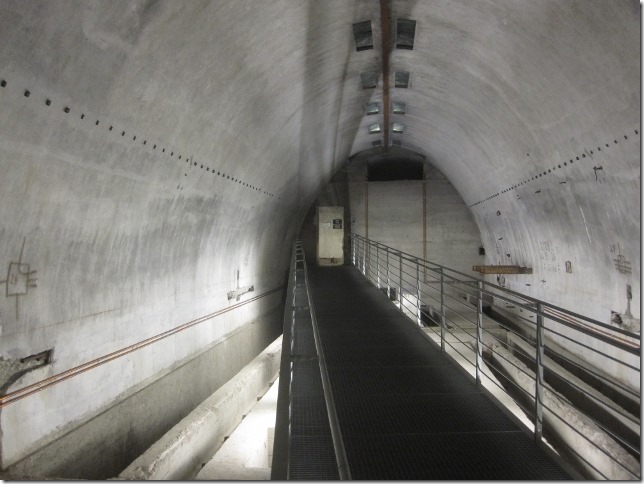
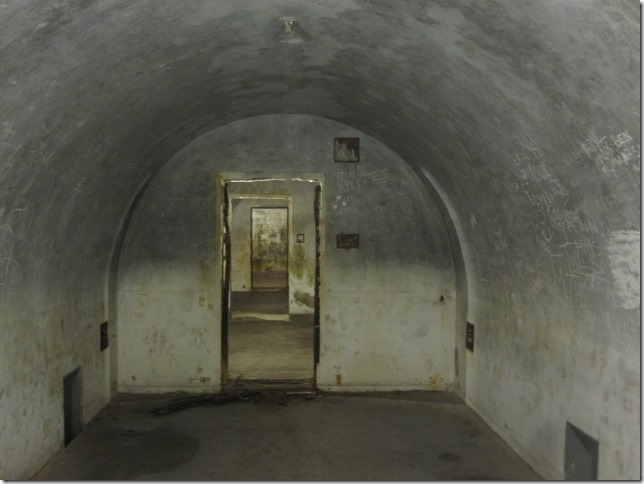
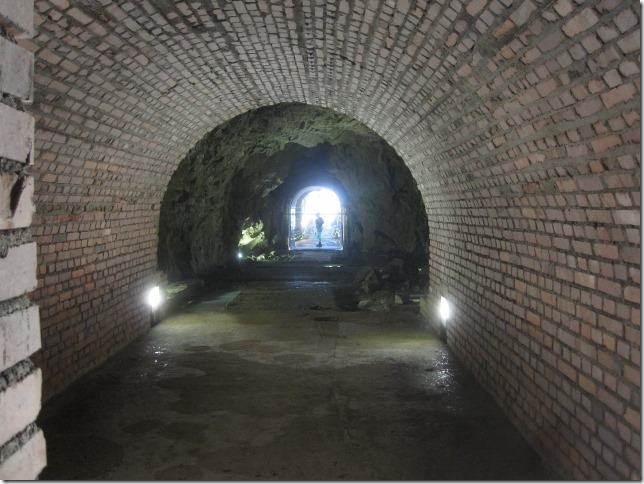
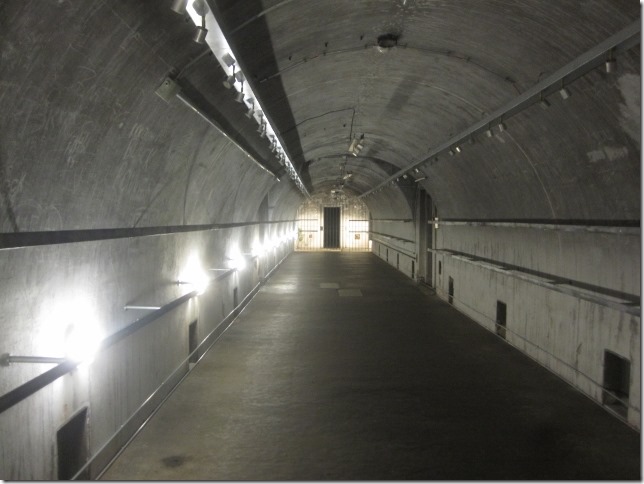
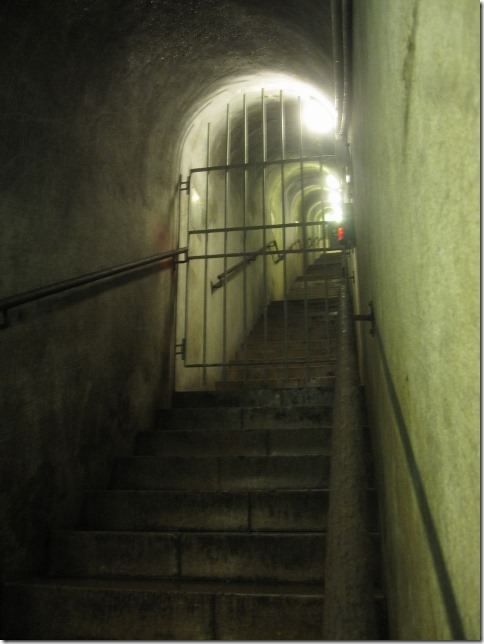
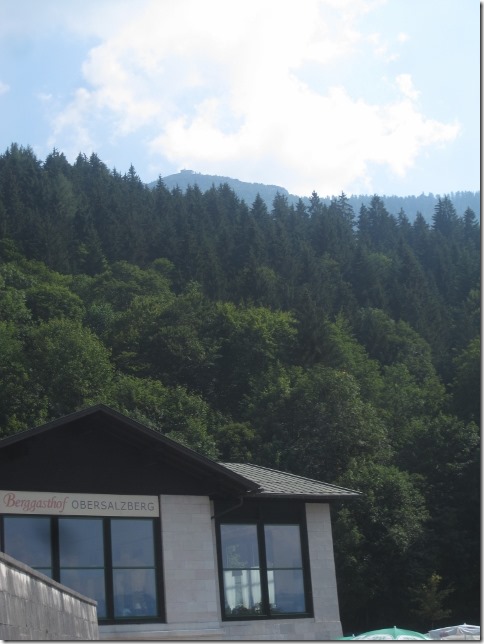
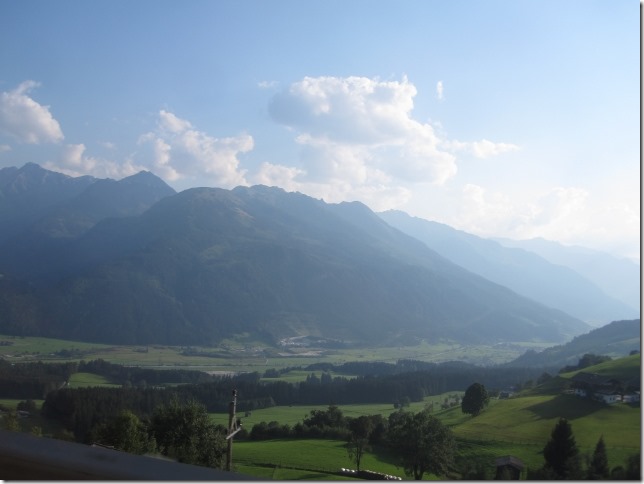
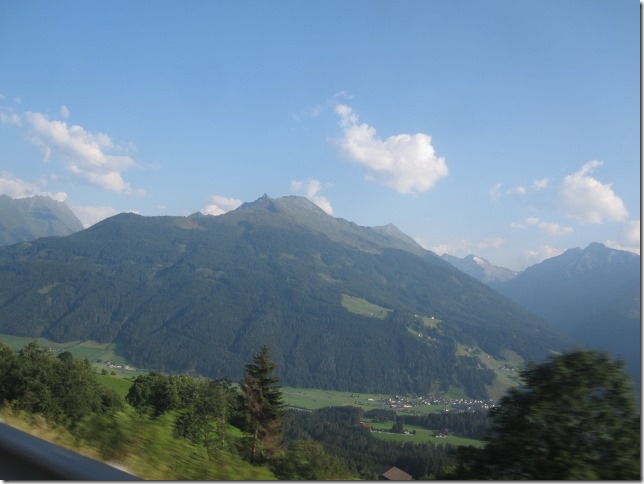
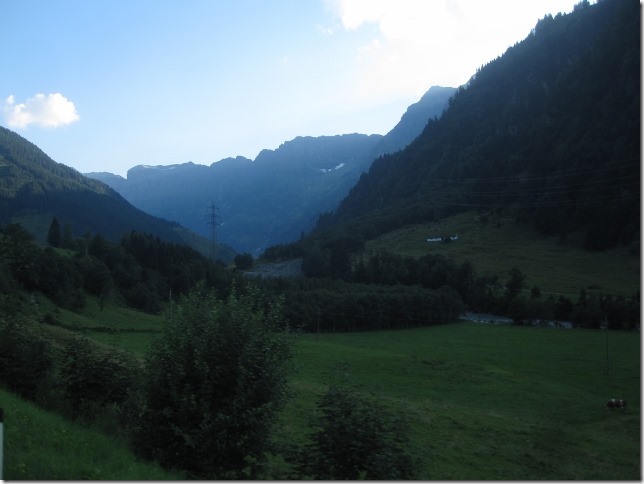
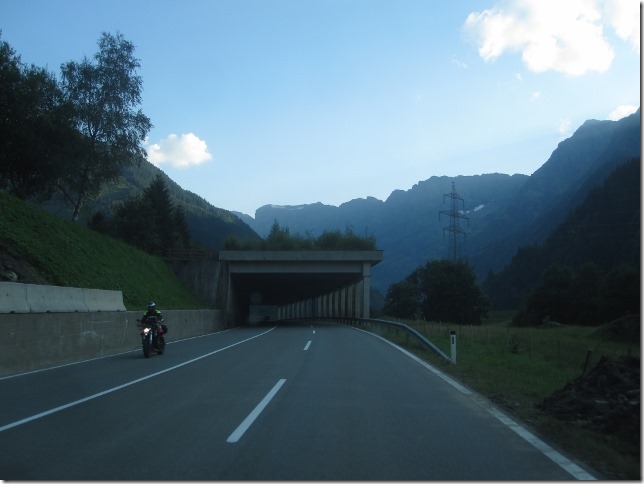
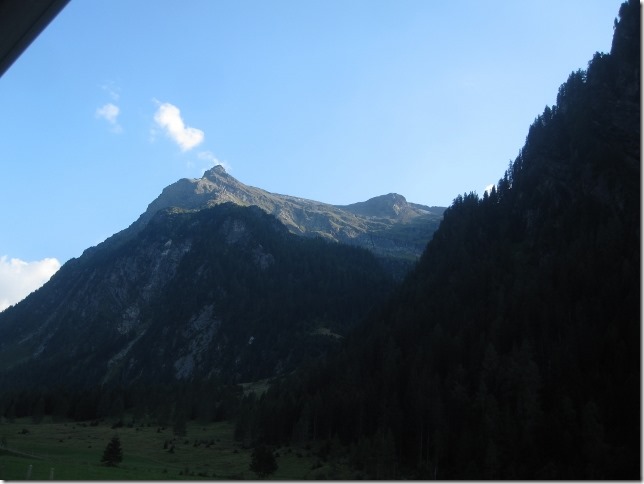
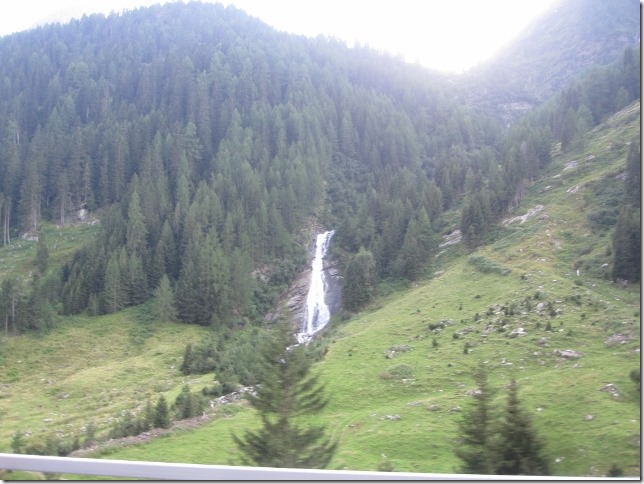
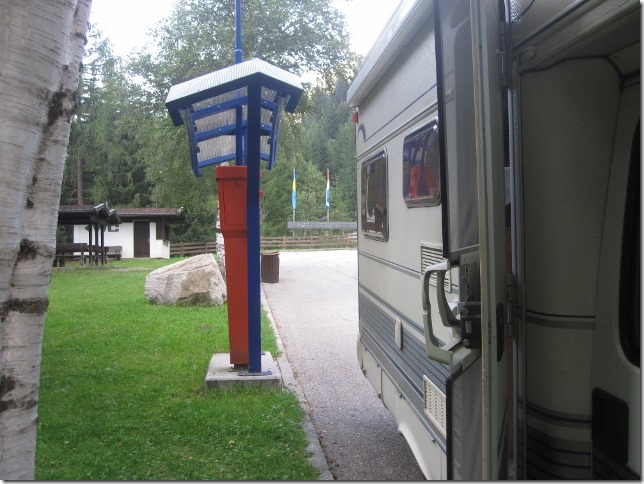






Beautiful place in spite of the thoughts/uses it might have served… Susana, you were always fascinated by twentieth century history, it was your favourite subject at high school… No surprises here, XXX
Absolutely and this years travel has given me so many chances to enjoy it
No puedo imaginar un lugar en el cual se podría disfrutar del paisaje tan espectacular , lo utilizase para llevar a cabo tanta maldad,
Las imágenes de las montañas son fantásticas , un poco dificultosas para subir y bajar.
Si, era dificil disfrutar del paisaje sin sentir escalofríos